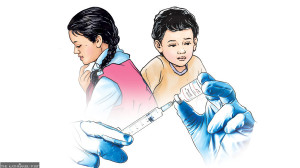Miscellaneous
One day at a time
For Bindabasini Kansakar, just heading out of her house can often turn into an ordeal. Nearly three years after she was attacked with acid at her parents’ Hetauda store, the 22 year old is still struggling to return to a ‘normal’ life. Layers of ointments, medicine and scarves—now essentials of her wardrobe—do not hide the scars that run more than just skin deep. “How can it be all normal?” she says, “the bandages and masks still turn heads wherever I go. Even after all these years.”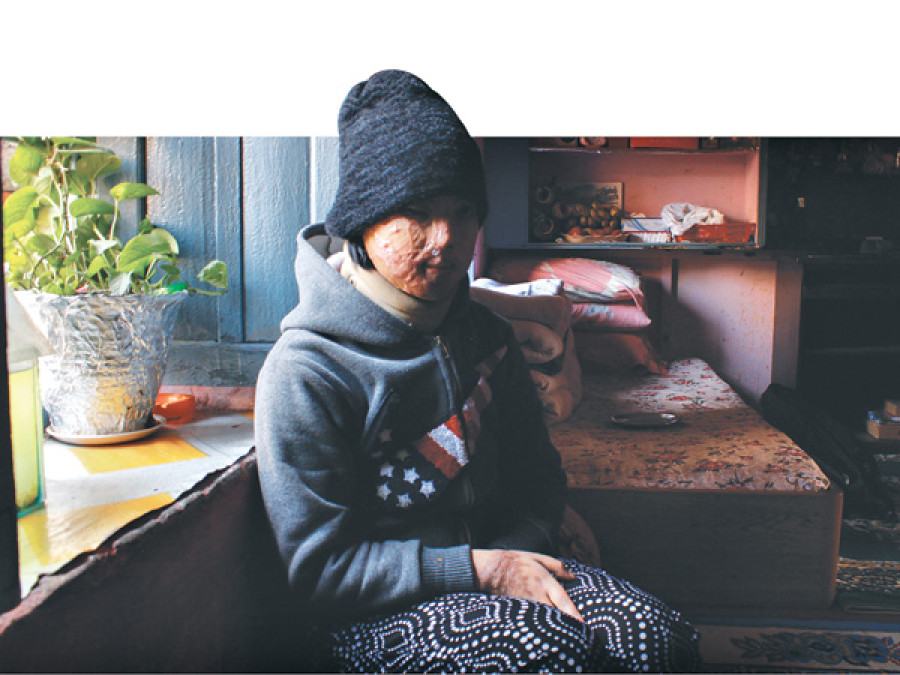
Pratichya Dulal & Garima Chaulagain
For Bindabasini Kansakar, just heading out of her house can often turn into an ordeal. Nearly three years after she was attacked with acid at her parents’ Hetauda store, the 22 year old is still struggling to return to a ‘normal’ life. Layers of ointments, medicine and scarves—now essentials of her wardrobe—do not hide the scars that run more than just skin deep. “How can it be all normal?” she says, “the bandages and masks still turn heads wherever I go. Even after all these years.”
Readjusting is not even a priority for 17-year-old Sangita Magar, the target of the 2015 Basantapur acid attack. She has spent the last one year training herself to see the world through a small section of her right eye. Sangita lost the use of her left eye, nose and ear to the attack and now lives her life “a day at a time”. For her, returning to good health is the top most priority now. “I first need to be able to see and walk properly,” she says.
Easy walk for perpetrators
The attack, she feels, has left her bitter—particularly in light of the 10-year sentence handed out to her attacker Jiwan BK by the Kathmandu District Court in December. Before October 2015, Nepal’s legal system did not even have provisions for acid attacks—which were instead lumped with other injuries caused by fires. The former laws, amended last in 1986, had the provision to fine attackers with Rs 2,000 and up to four months of imprisonment.
On October 1, 2015, the then president Ram Baran Yadav authenticated a bill that amended the laws governing gender equality and ending gender violence. The amendment created new laws for acid attacks which are now punishable by up to eight years imprisonment and Rs 3, 00,000 in fines—the full amount of which is provided to the victim as compensation.
Yet, the new laws come as little solace to Sangita. “He will be free to restart his life in 10 years, while these scars will stay with me forever,” she says.
Bindabasini’s alleged attacker, Dilip Raj Keshari, 30, was never brought to book and continues to remain at large. The only help she received to date is a computer training course and Rs 35,000 provided by Burn Violence Survivors-Nepal, an NGO. Yet, even if her attacker was nabbed and brought to trial, the compensation would not even make a dent on her rising medical expenses.
The long road to recovery Bindabasini has had 10 reconstructive surgeries since the attack, and has been making modest recoveries, even though her life is largely limited to shuttling from one hospital to another. After four rounds of plastic surgery at Nepal Medical College, her family opted to seek treatment at Devadoss Multi Speciality Hospital in Tamil Nadu, India. She now has to make the long travel to the South Indian state every two months, incurring up to Rs 3,00,000 with every trip on tickets, complex surgeries and sedatives.
“I draw strength from my family,” she says, “they are the reason I am even able to talk to you today.”
For Sangita, her skin hasn’t softened up to even begin surgical procedures. Her mother, Chunni Magar, has had to quit her job at a catering company to tend to her daughter. “She wanted to go to medical school and become a nurse,” Chunni says, “now she cannot even go to the bathroom by herself.”
According to psychiatrist Dr Nishita Pathak, victims need a lot of positives while on their road to recovery. “Friends and family are central; they need to continuously encourage and motivate the victims. When dealing with long-term rehabilitations like these, little everyday victories make the difference,” she says. Eventually, they will also need good counsellors as they readjust back into society.
One hurdle at a time
Three years on, Bindabasini, continues to labour through life. Having not had any psychological counselling after the attacks, she is still struggling to move on. She was recently offered a spot at a local radio station for a programme on acid attack awareness. But even though she remains resolved to recover, she doesn’t feel she is quite there yet. She declined the offer.
Sangita’s plans for the future also have been put “on hold”. Although she was able to appear for her SLC examinations, her fragile medical condition has meant that college, at the moment, is out of question. Once an avid Karateka, Sangita proudly shows the medals she had accrued before the attacks. She will never be able to fully partake in the sport again.
“I can’t change what has happened but would like to change it to something better,” says Sangita, “the past 11 months have been excruciating, but I am learning that life, now, is about tackling one hurdle at a time.” Giving up is not an option. “Letting go of the dreams I used to have is the beginning of the end. I can take on life in fear, or I can take it on with courage. I pick courage,” she says.




 11.12°C Kathmandu
11.12°C Kathmandu




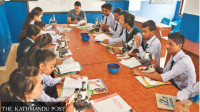
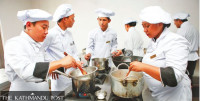
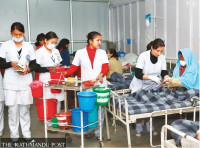
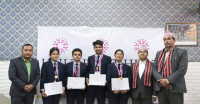


%20(1).jpg&w=300&height=200)

